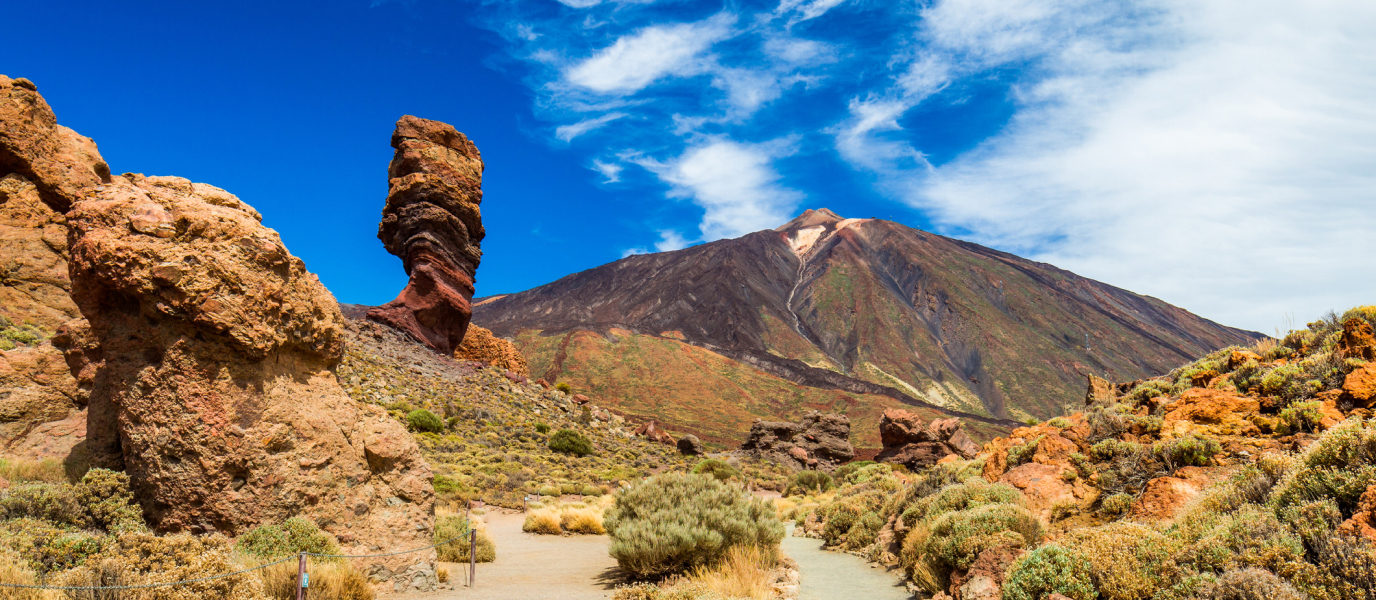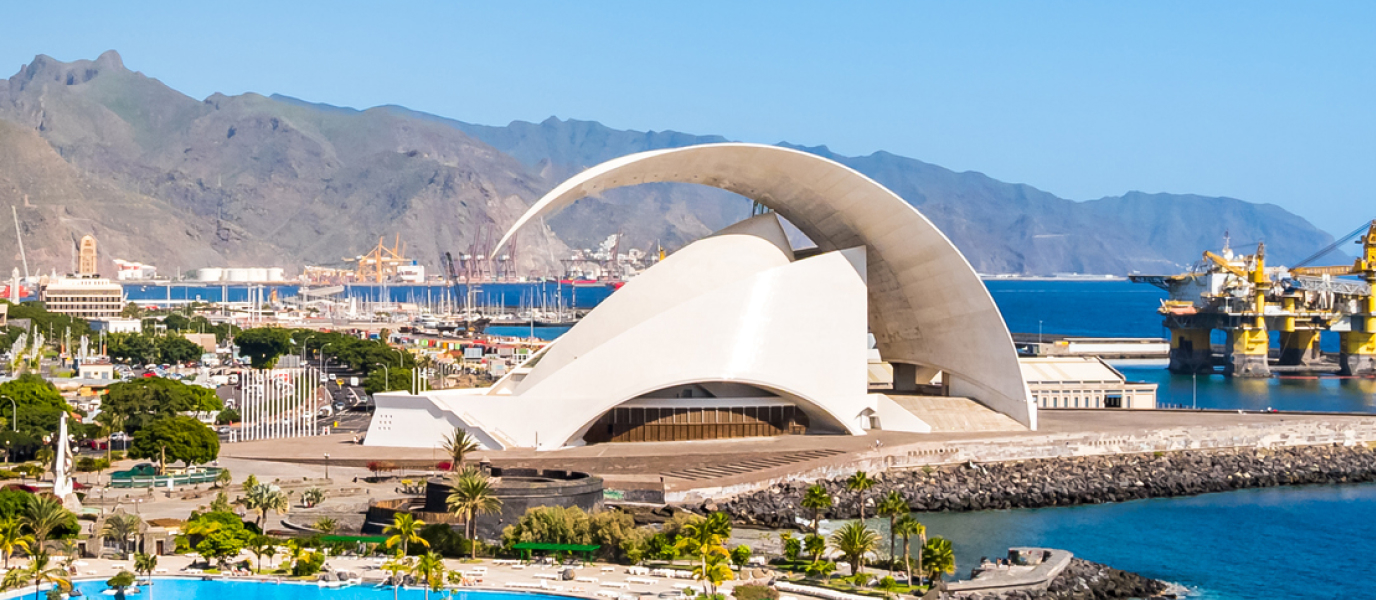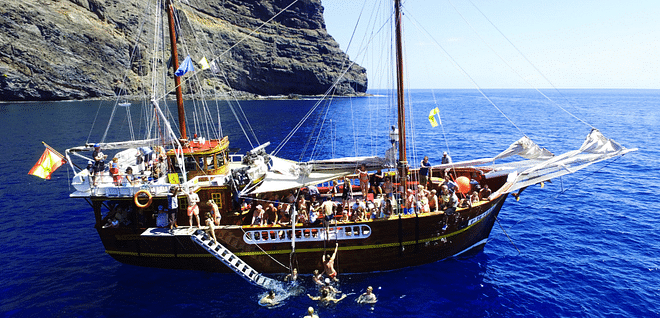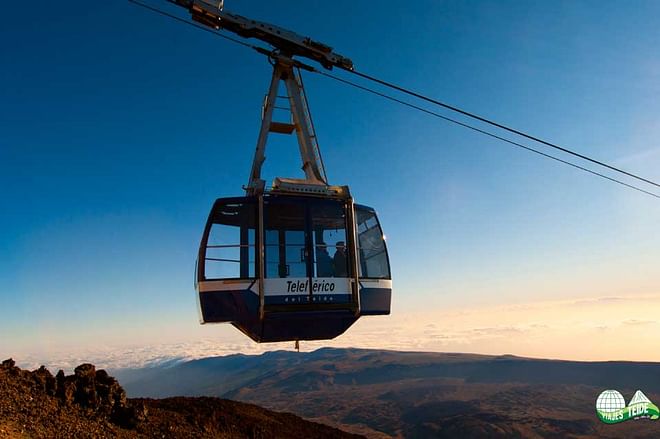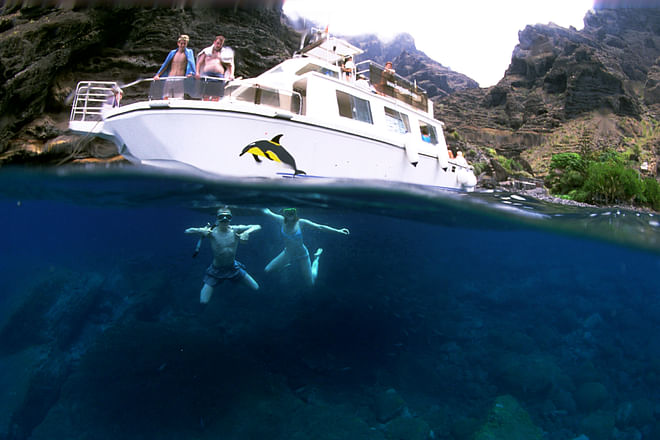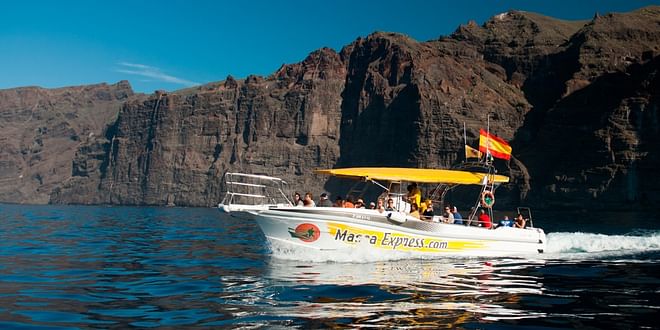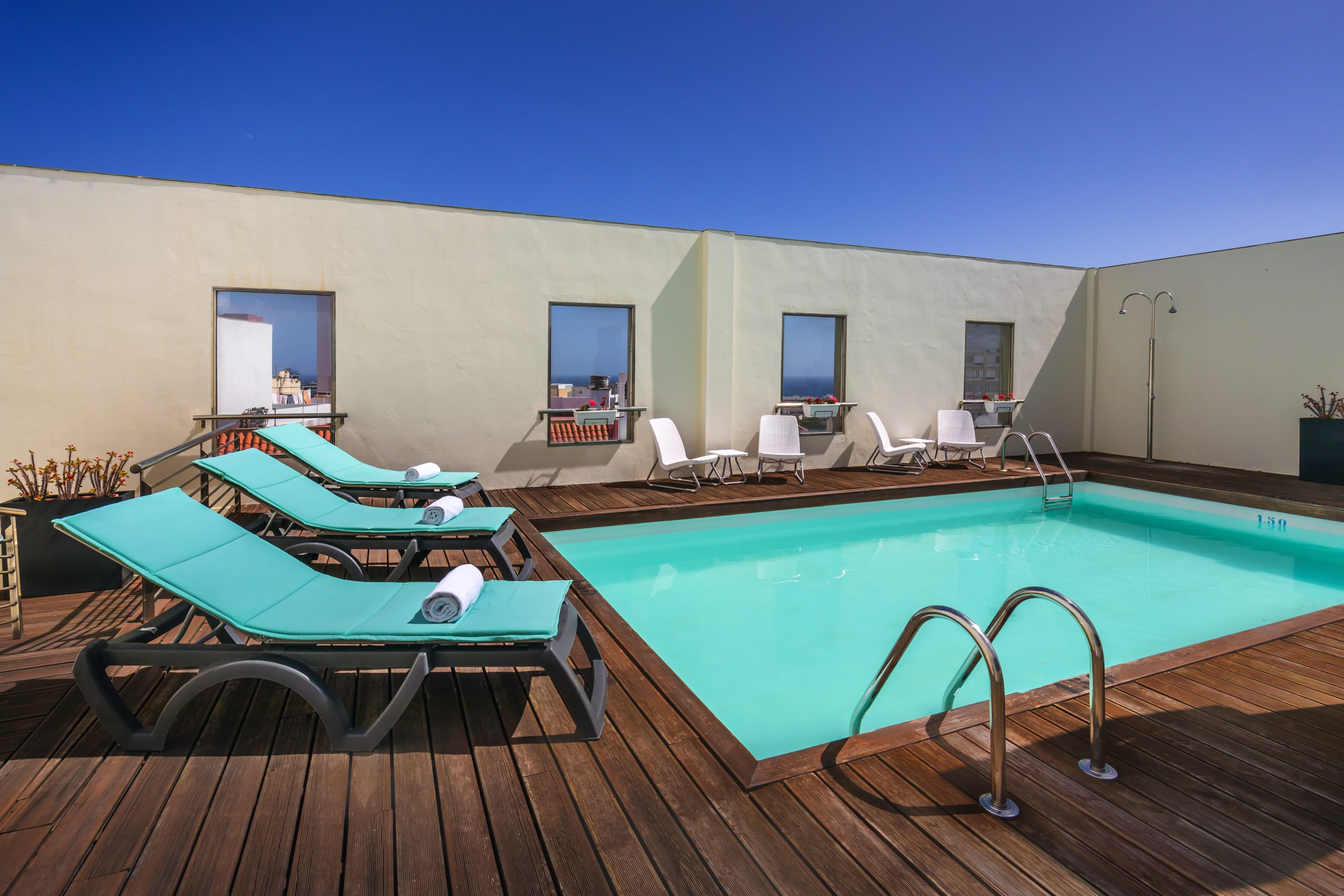Teide Observatory opened in 1964 and is a reference point for astronomy lovers. If you’re travelling to Tenerife and organise a visit to Mount Teide National Park, make sure you stop at the observatory—a world leader in solar research—and look upwards to discover some of the secrets of our treasured Universe.
Located 18 km from the foot of the volcano, the observatory is surrounded by a truly impressive volcanic landscape. It’s definitely worth setting aside a day during your stay in Tenerife to visit the observatory before discovering the secrets of Mount Teide National Park, a World Heritage Site since 2007.
How to get to Teide Observatory
Teide Observatory is situated at an altitude of 2,930 metres and if you want to visit it independently, you’ll need to travel by car. To make things even more complicated, Google Maps or other orientation apps are next to no help because there is no GPS signal in the area. With this mind, it’s a good idea to download your itinerary in advance so that you can follow it offline.
If you’re travelling from the Los Cristianos and Costa Adeje area, you’ll take an hour and half to reach the observatory and follow a stunning route full of dramatic contrasts. After passing through banana plantations, the coastal setting gradually transforms into the woodlands typical to mountain areas before finishing in a volcanic, almost desert-like landscape. You’ll enjoy a similar experience if you travel from the north, the only difference being that the journey is slightly shorter and takes about an hour.
Planning your guided tour of Teide Observatory
The Observatory grounds cover 50 hectares and it is home to 13 telescopes that are used to study the stars and a further three for solar observation. It can only be visited during the day and you must book a guided tour in advance, however, you can choose between various types of tour, depending on how much time you have.
An hour and a half guided tour of Teide Observatory: Starting at the Visitors’ Centre and lasting an hour and a half, specialised guides introduce you to the quality of the skies above the Canary Islands, the 13 telescopes at the observatory and how they are used. You’ll also go inside one of the nocturnal telescopes where researchers studying the Sun work during the day. Finally, you’ll have the chance to observe the Sun via two small telescopes that can be used by visitors.
You’ll be astonished to spot features such as sunspots (areas with reduced surface temperature), solar protuberances, flares and small explosions, or solar frequency, a phenomenon that makes the sun ‘beat’ like a heart every five minutes.
Teide Tour and Observatory guided tour: In addition to the hour and a half tour described above, this itinerary offers you the chance to discover the many secrets of Mount Teide as you spend eight hours admiring the wealth and diversity of its volcanic landscapes and most recently active volcanoes.
Visit the Observatory with the ‘Astronomic Tour’: This is definitely the most thorough and comprehensive visit. An eight hour tour that runs into the evening when, after the hour and a half observatory tour, you’ll discover another side to Mount Teide.
After waiting for the sun to go down, you’ll observe the incredible starry sky through a long-range telescope from one of Teide National Park’s viewpoints. Discover constellations, planets and galaxies as you’re swept up by the magic of astronomy. Could anything be better?
One of the most important solar observatories in the world
The geographic location and climate of the Canary Islands, its clear skies and astronomical quality make it one of the three best places on Earth for stargazing. In fact, since 1988 the Law on the Protection of Astronomical Quality has governed and protected the islands’ skies from light, atmospheric and radio spectrum pollution and from airline routes.
Teide Observatory is run by the Canary Islands Institute of Astrophysics (IAC) and is well-established as one of the most suitable places on the planet for solar observation. Today, it is home to three of the best European telescopes for solar research:
The GREGOR German telescope: Installed in 2012, this is the biggest solar telescope in Europe and the third largest in the world. It has an aperture of 1.5 m and is used to study the solar atmosphere from outdoors with currently unequalled resolution.
Vacuum Tower Telescope (VTT): Developed in the 1970s, this German-owned telescope has a 70 cm aperture and a 15 m vertical spectrograph, and is used to observe light spectrums by photographing and studying the solar atmosphere.
Themis Telescope: Italian/French-owned, this telescope has been used to measure the intensity and direction of the Sun’s magnetic field since 1966.
Advice for visiting Tenerife’s astronomical observatory
Don’t forget that, although you might have been swimming in the sea at Los Cristianos or Playa de Las Américas just a few hours earlier, Mount Teide is the highest mountain in Spain and it has the cold temperatures to match. So remember to wear suitable clothes and shoes, and to use sunscreen and sunglasses for UV protection.
Don’t gaze at the Sun for long during your visit or you’ll damage your eyes. Looking at the Sun through a suitable filter is essential and you must always follow the advice of the guides and experts.
Finally, bear in mind that you may not have any Internet coverage during your visit so download your booking confirmation to your device in advance to avoid any problems.
And now, it’s time to enjoy the stars!




































































